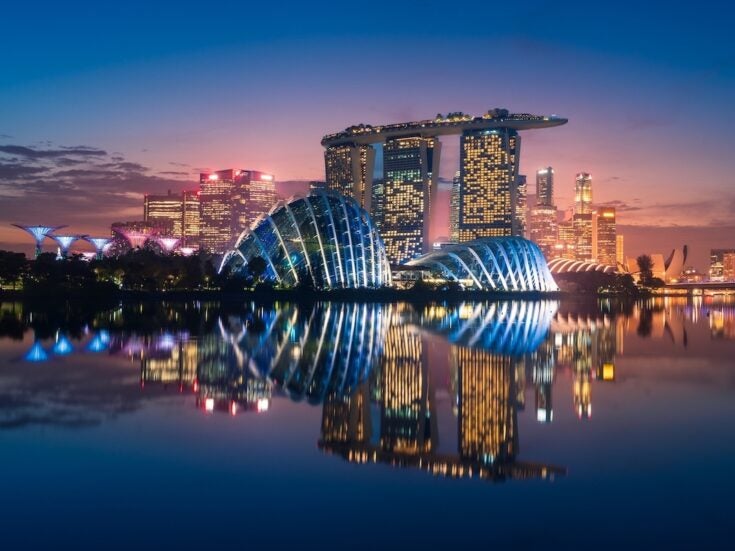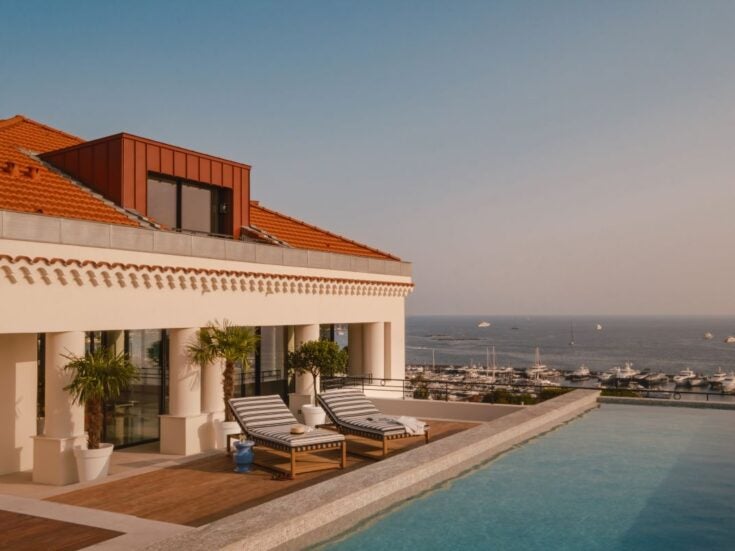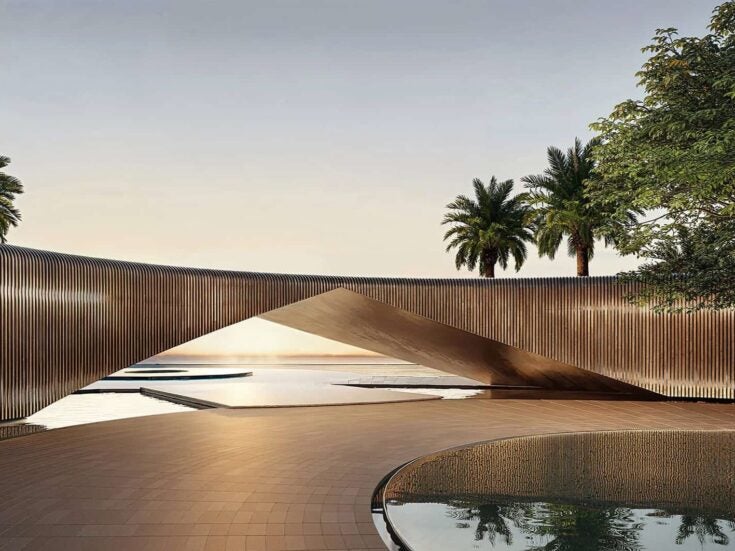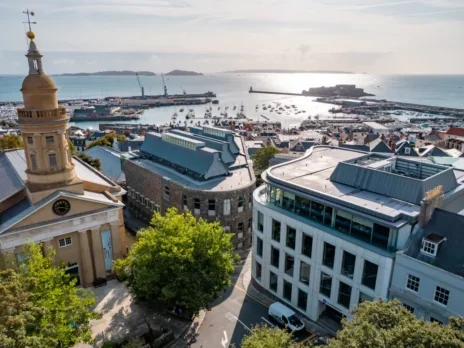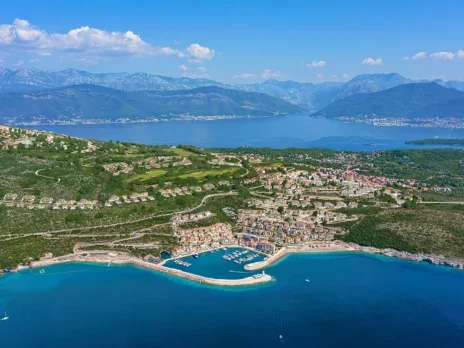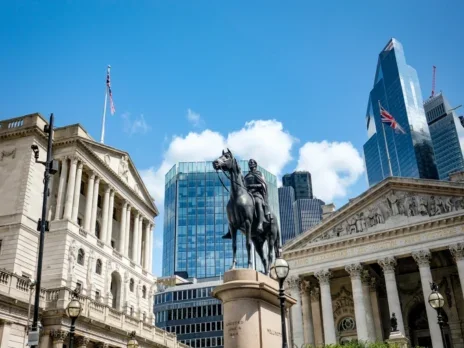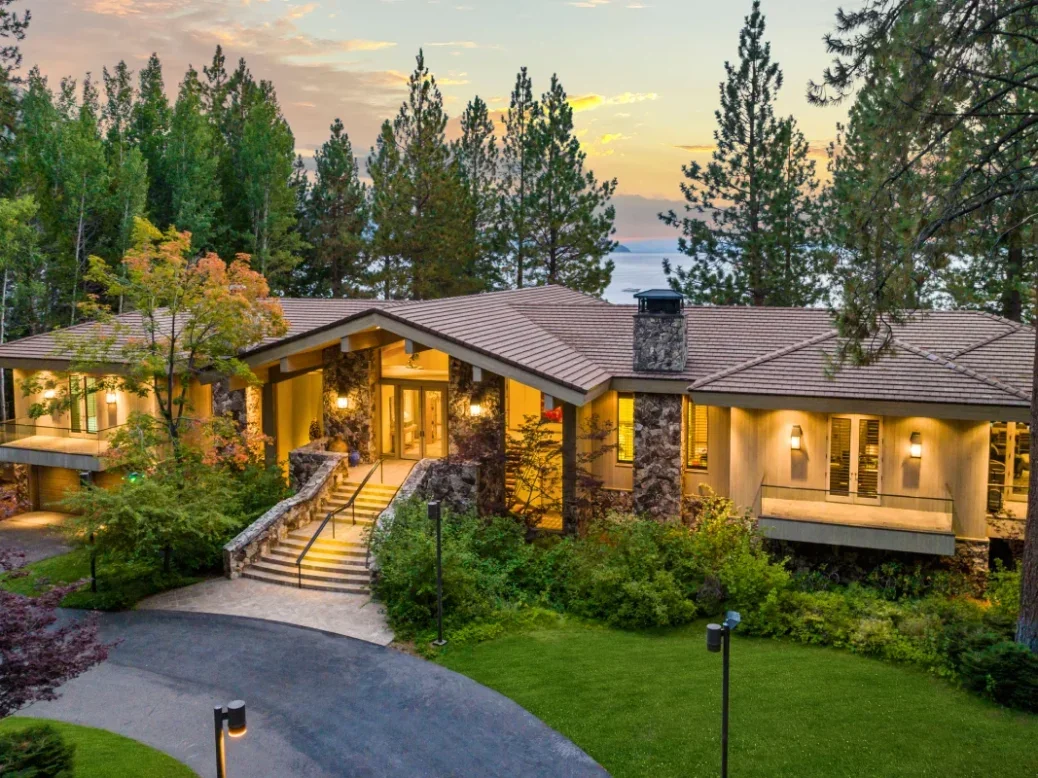
Increasingly high-tech security, homes as a wellness sanctuary and cars as art are three of the key trends dominating the prime property market in 2025, according to leading experts at Christie’s International Real Estate.
The global luxury real estate market is thriving, Christie’s International Real Estate co-CEOs Mike Golden and Thad Wong told Spear’s, with different regions showing distinct trends.
In Europe, classic and heritage properties are increasingly in demand, moving away from ultra-modern designs. While markets such as Dubai are benefiting from foreign investment incentives like the golden visa programme, changes in UK tax policies have dampened long-term foreign investment, they said.
[See also: The £54,000-a-year health clinics helping the super-rich live longer]
In the United States, key luxury markets like Miami, Aspen, and Manhattan continue to attract high-net-worth buyers, with international investment in New York rising from 20 per cent to 30 per cent since 2023.
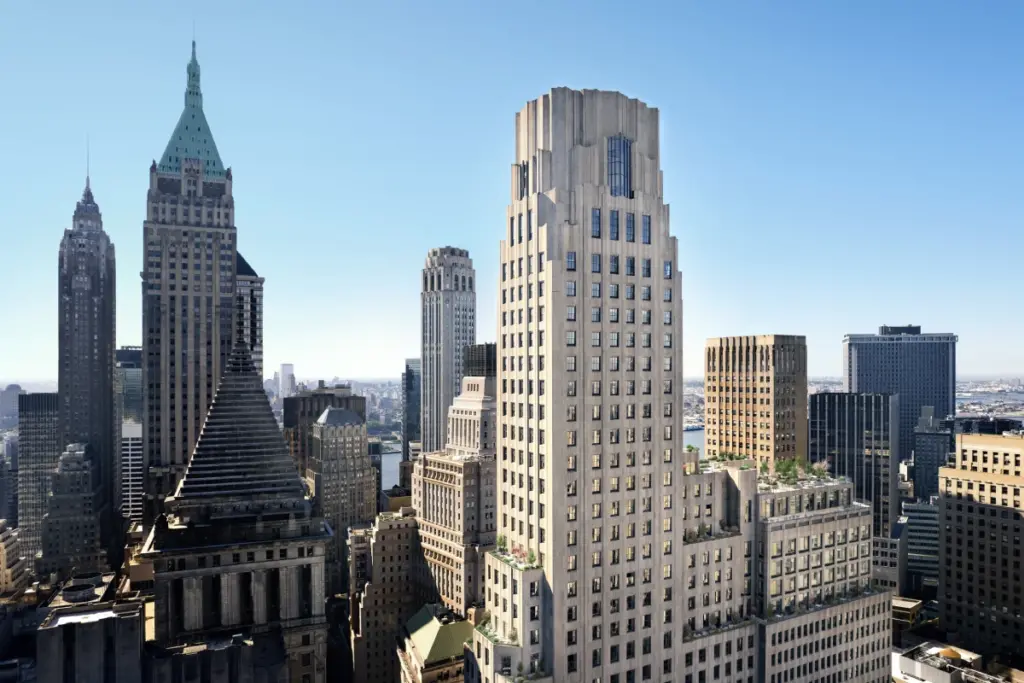
Christie’s International Real Estate operates in parallel to Christie’s auction house, leveraging its reputation in fine art, jewellery and collectables to position itself within the high-end property market.
Through a network of affiliate brokerages, the firm facilitates transactions for exclusive homes, estates, and investment properties worldwide. The company recently announced it was launching in the Kingdom of Saudi Arabia, in partnership with one of the country’s leading real estate technology firms, Wasalt.
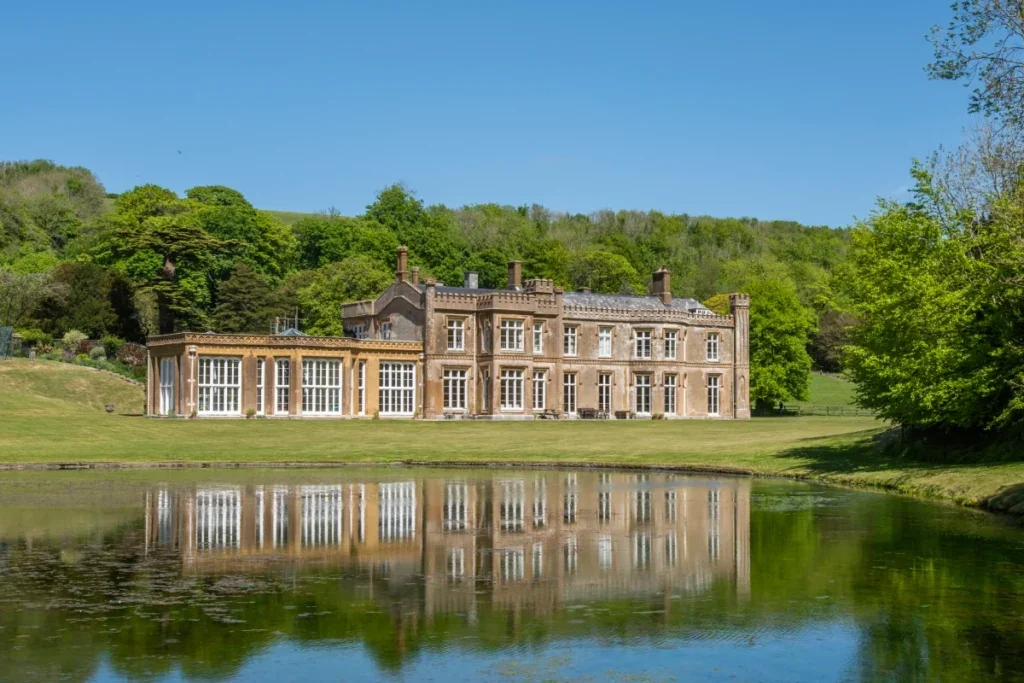
Recent marquee sales highlight the strength of the luxury sector. Christie’s International Real Estate represented the buyer in the $152 million sale of a private island in Palm Beach, marking one of the largest transactions of the year. Other notable sales include a $90 million Bitcoin-funded purchase in California, a $62 million Lake Tahoe estate (Steve Wynn’s former residence), a $37 million transaction in Monaco, and a $36 million sale outside London.
Here’s what Golden and Wong say are the key drivers for buyers in the global price property market this year.
Key luxury real estate trends for 2025
With a client base attuned to the finest details of wealth, lifestyle, and status, Christie’s International Real Estate has identified emerging trends in the high-end property market. Here are the major trends shaping luxury real estate in 2024:

1. Enhanced security and privacy
In an era where wealth is more public than ever, UHNW individuals are prioritising security like never before. Buyers of $50 million plus estates are investing in cutting-edge safety features, including AI-powered surveillance, biometric entry systems, and even ballistic-resistant doors and safe rooms. The need for discretion, both physical and digital, has driven the demand for properties in gated communities or with advanced security infrastructures. Privacy-focused locales, such as the Midwest, are also seeing an influx of buyers seeking stability and security.
2. Climate-driven relocation
The increasing impact of climate-related disasters, as witnessed by the devastating wildfires in Los Angeles in January, is influencing where the wealthy choose to live. While beachfront homes and hillside retreats remain popular, concerns over wildfires, rising sea levels and extreme weather events have led many buyers to seek residences in regions perceived to be more climate-resilient. Cities like Chicago, once overlooked for luxury living, are becoming attractive due to their relative climate stability compared to coastal regions like California and Florida.
3. Wellness-centric homes
The Instagram-driven wellness movement has amplified demand for properties designed to complement wellness-driven lifestyles. Infrared saunas, cold plunge pools, oxygen therapy rooms and high-end gym facilities are no longer optional but expected features in prime real estate.
This is a trend increasingly seen in London. In November, a Chelsea Barracks penthouse featuring its own ice-bath and sauna went on the market for £44 million. Residents of the Penthouse enjoy access to The Garrison Club where members can enjoyed a championship tennis court adaptable for sports like pickleball, basketball, and football; a 25-metre swimming pool; a cutting-edge gym; and a private business suite with boardrooms. There’s also a club lounge, children’s playroom, and a multipurpose sports hall.
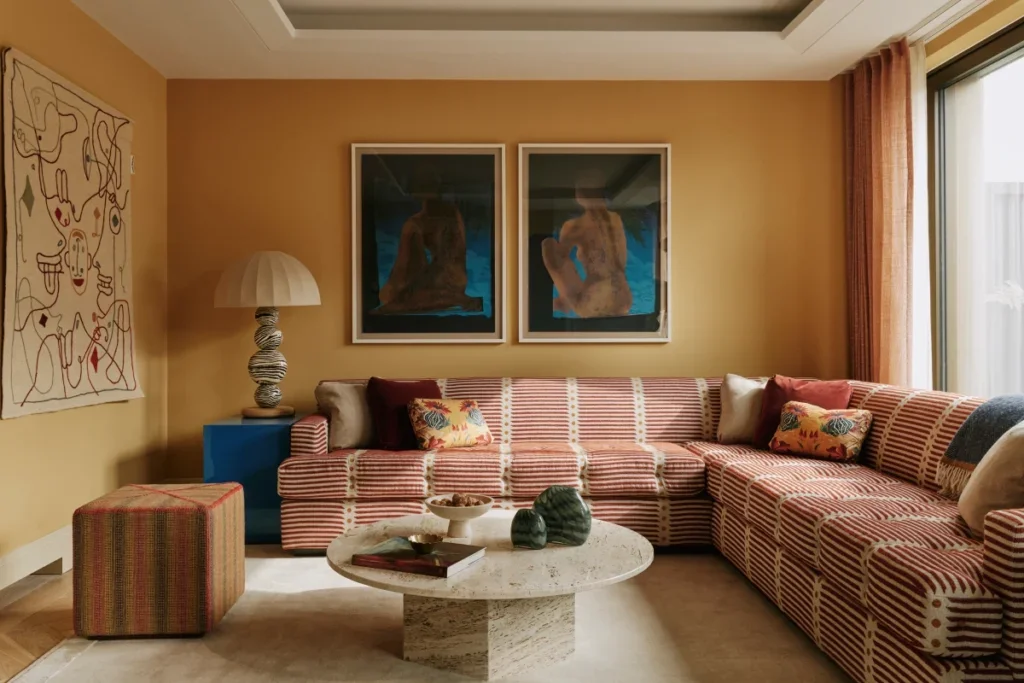
A report by the Global Wellness Institute revealed the global wellness industry was worth $6.3 trillion in 2023 – nearly 14% higher than its size in 2019. The global real estate sector is capitalising on the trend, with health-enthusiast buyers increasing seeking properties that champion wellbeing and healthy lifestyle.
4. Car collectors’ showrooms and ‘toy barns’
While the concept of a personal showroom isn’t new – Ralph Lauren, owner of one of the world’s most extravagant collections, displays his $300 million fleet on all-white raised platforms in a custom-built garage in New York – a new generation of aesthetically-minded collectors is championing architecture that brings the car inside.
As luxury car collecting revs up in popularity, UHNW individuals are designing homes where vehicles are not merely stored but showcased as works of art – as it’s a trend that is accelerating into 2025. Such is the demand, that luxury car manufacturers have branched out into branded residences with custom elevators and integrated display solutions. Mercedes-Benz and developer Binghatti revealed plans for a 341 metre-skyscraper in Dubai, the car company’s first branded residential tower last year.
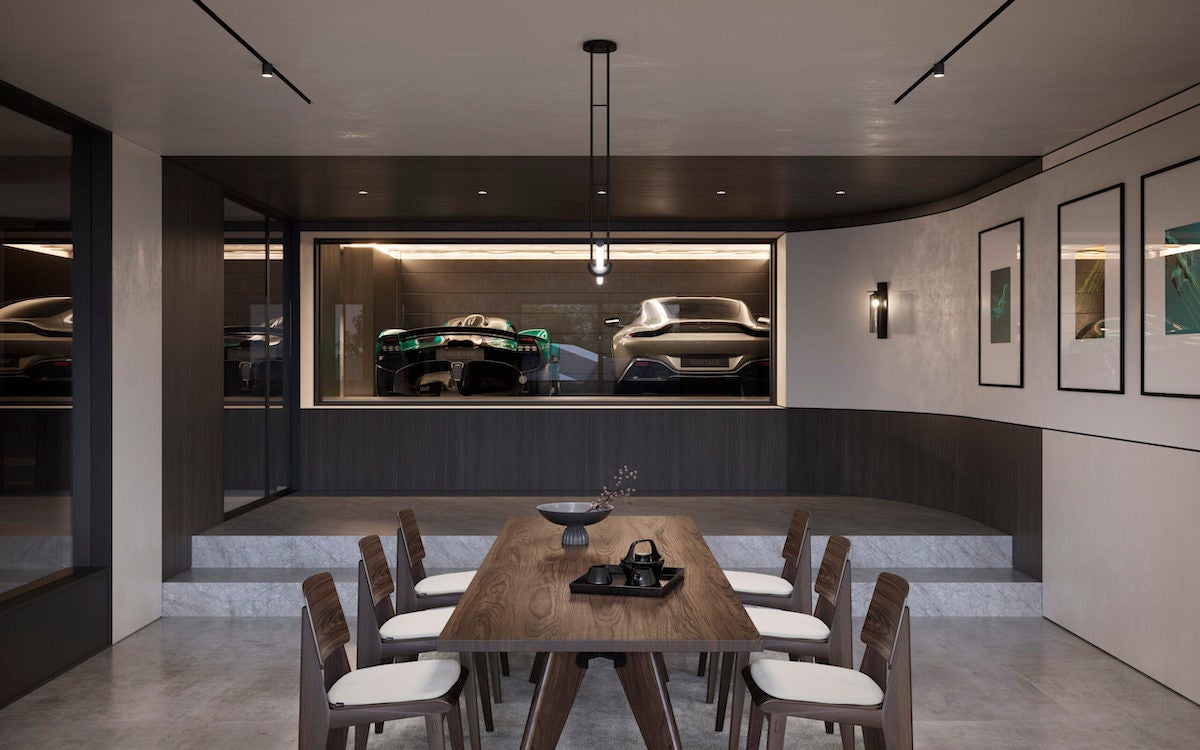
Large garages with high-end finishes, integrated lounges, golf simulators, and entertainment spaces are becoming standard in high-end estates. Some homes are even incorporating glass-walled car galleries within the main living spaces, blurring the line between automotive passion and interior design.
5. Branded residences remain a draw
The appeal of branded residences remains strong, with hospitality and lifestyle names adding perceived value to high-end developments. High-end hospitality names like The Ritz-Carlton, St. Regis, and Aman have long been associated with branded residences, but the trend has now expanded into the culinary and automotive sectors. In Miami, major restaurant groups like Cipriani and Major Food Group are launching branded residential towers, integrating their dining experiences into luxury high-rise living.
Miami has become a hotspot for car branded residences, lead by developer Gil Dezer (himself an avid luxury car collector), the man behind the Porsche Design Tower, which he worked on with Sieger Suarez Architects.
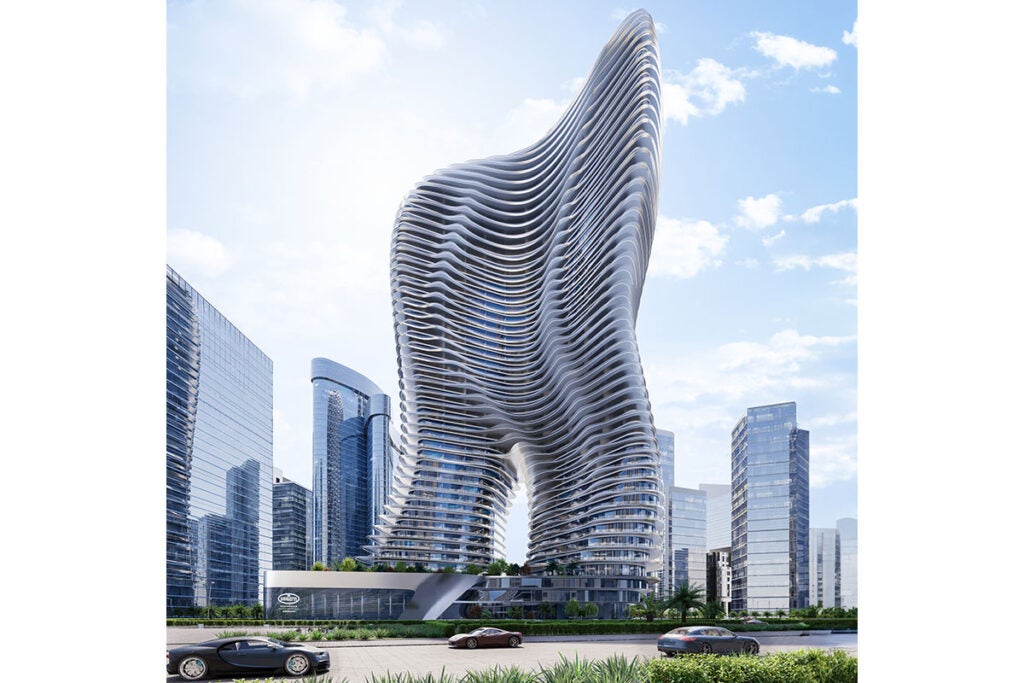
But it’s not all in the name, say Golden and Wong. Buyers looking for multimillion-dollar properties expect architectural significance, high-quality construction, and unique lifestyle offerings. A prestigious name may attract attention, but discerning clients prioritise tangible benefits over marketing hype, they say.

